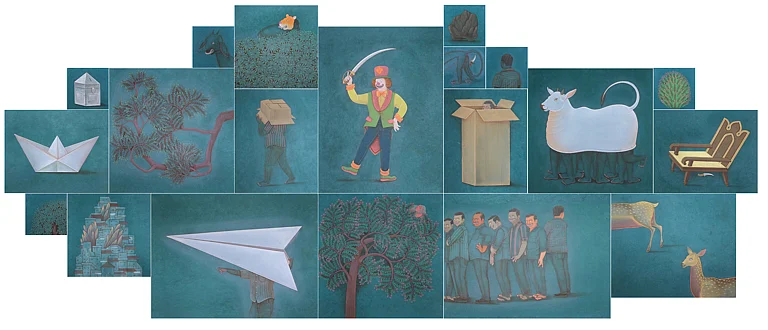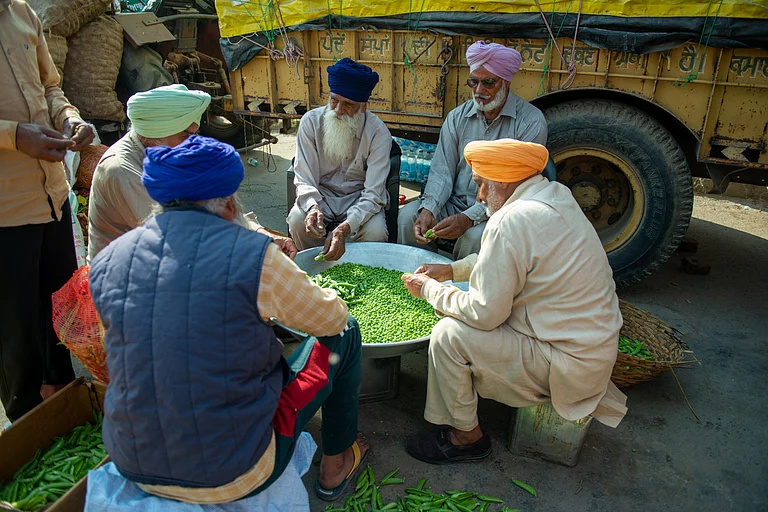As poor and middle-class consumers are discovering every day, inflation is the most iniquitous tax because it hurts them the most. Already, the average man is feeling the pinch, be it in the high price of food commodities, transport, or other basic necessities (see table). The only exception is vegetables: prices have stayed put, even fallen in some cases, thanks to good supply. But inflationary expectations nevertheless end up fuelling the general air of malaise.
As the beleaguered UPA government tries to come to terms with life at 11.05 per cent inflation, nothing has gone right. Its measures haven’t stalled rising prices. With elections not far off, the pressure is telling. So, will inflation continue its upward march? When will it peak? The government has been promising that the situation will stabilise by September. But does that still stand? And finally, what impact will the government’s decision to let the Reserve Bank of India (RBI) fight inflation have on consumers?
There are no easy answers. Many inflation watchers—startled perhaps by the double-digit figure—now say we must live with high prices all through the year. That’s the least we can expect. "The inflation rate may take 6-7 months to come down, given the global pressures on fuel and food. We can expect single-digit inflation only by February," says Shankar Acharya, Reserve Bank Chair Professor at the Indian Council for Research on International Economic Relations (ICRIER).
Planning Commission member Abhijit Sen adds, "One can’t rule out that the peaks are still ahead, for during the same period last year, inflation was falling, with a positive base effect. I don’t see any sharp decline below 10 per cent till November or even December."
A year ago inflation was no more than 4.28 per cent—which is why Sen describes the current inflation rate as a "quirk of numbers". Whatever the reason, there is a general expectation that inflation could hover around 11 per cent for a while or even edge past 12 per cent. Even Pronab Sen, chief statistician of India and secretary, Union ministry of statistics & programme implementation, has changed his stance that inflation has peaked: "In a sense we are fairly close to the peak, unless there is another fuel price revision, which we cannot rule out—though politically it may not be feasible."
Stressing that different government and RBI measures will take time to show impact, Sen pointed out that measures to improve supply are already showing results in case of food products, despite India’s import dependence for half its requirement of edible oil and pulses.
That may be so, but what is not clear is just when government measures will start taking effect. Dr Siddhartha Roy, economic advisor, Tata Group, says that this should start happening "in three or four months." Worryingly, he adds that inflationary expectations are in full bloom. This is a matter of concern, as once people feel they are living in times of high inflation, an anticipatory—and protective—rise in prices kicks into place.
Arvind Virmani, chief economic advisor in the finance ministry, however, feels that with the prices of essential commodities rising at the relatively low rate of 6.8 per cent, the bottom 50 per cent of the population is probably less affected than the inflation numbers suggest. But this argument does not bear out, for the cost of living itself has gone up. And overall, global prices of crude oil and commodities remain volatile and tend upwards.
Notwithstanding the recent hike in price of transport fuel and cooking gas, the global trend hasn’t really been factored in and will not be, for some time, given the political environment. In any case, the fuel price hike is expected to soon start making an impact through higher transport costs. "The continuing impact of food prices and hike in prices of non-regulated atf, naphtha and bitumen have added to the inflationary pressures," says Ashima Goyal, professor at the Indira Gandhi Institute of Development Research.
Fortunately, India’s foodgrain position is now comfortable, and crop expectations are also good. Indeed, food prices are stable—though at a high level. Says Jagdeesh Bhatia, MD of Kendriya Bhandar, "There’s no spurt in prices, but gradual increase in most cases." The government is working out a strategy to ensure the supply of food grains in the open market. However, the rising crude is having an impact on fertiliser costs. As Sen points out, "With fertilisers, the issue is not of availability, but affordability, as it is completely linked to crude prices. We are comfortable for kharif, but that may not hold for the rabi crop."
Barring upsets like a poor monsoon, India is looking ahead to an overall growth of around eight per cent after three straight years of around nine per cent growth. As Enam Securities’ chief economist Sachidanand Shukla points out, "This battle is no longer between growth and inflation but all about inflation control. And RBI has made this clear, given the sledgehammer approach it has adopted." By raising key interest rates and the cash reserve ratio, the RBI will tighten money supply through the system. Already, major banks have increased their prime lending rates. Says Rana Kapoor, managing director, Yes Bank, "Banks which have a significant consumer finance portfolio are going to feel an impact."
Another tack of the RBI is that it is trying to stop further depreciation of the rupee. The government needs a stronger rupee to lower import costs. Since February 2008, the government had allowed the rupee to depreciate, and in order to manage inflation, the government is trying to keep it at Rs 43 against the dollar. Though many expect further RBI measures, Kotak Mahindra Bank chief economist Indranil Pan warns, "The armoury of the RBI seems to be dwindling. The only option is fiscal measures and reducing all social sector expenditures that are not delivering."
For a government facing elections, that’s easier said than done. Perhaps it’s time to pray to the commodity gods.


























